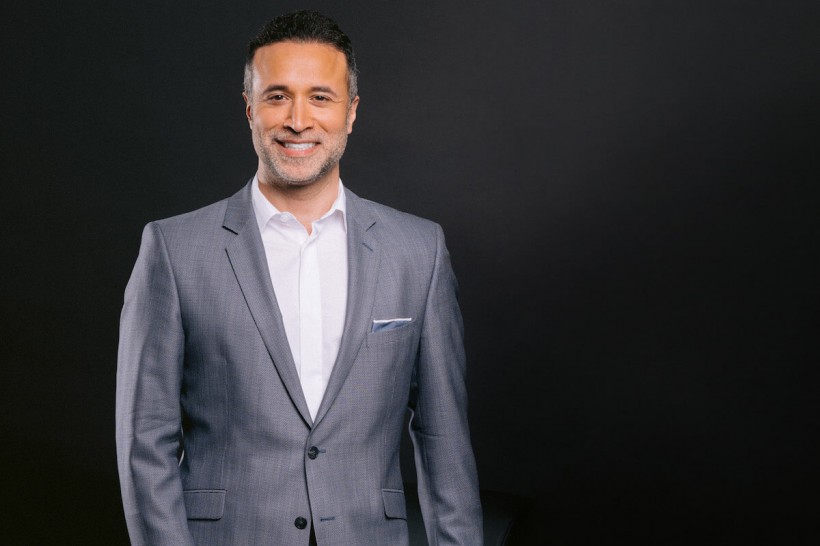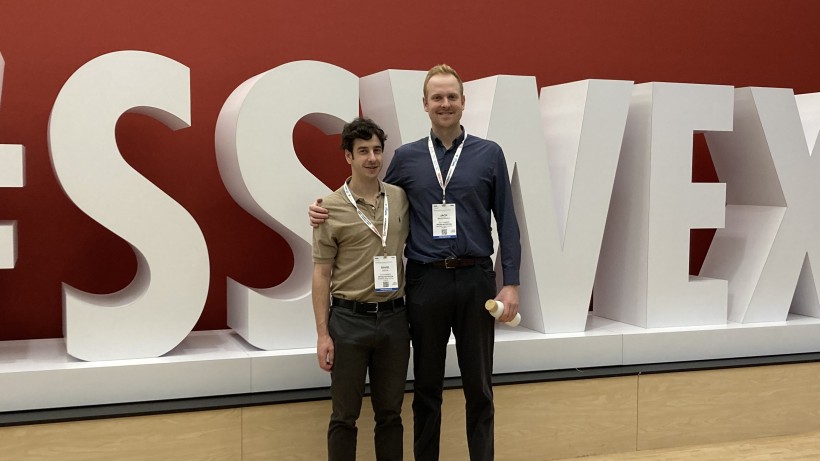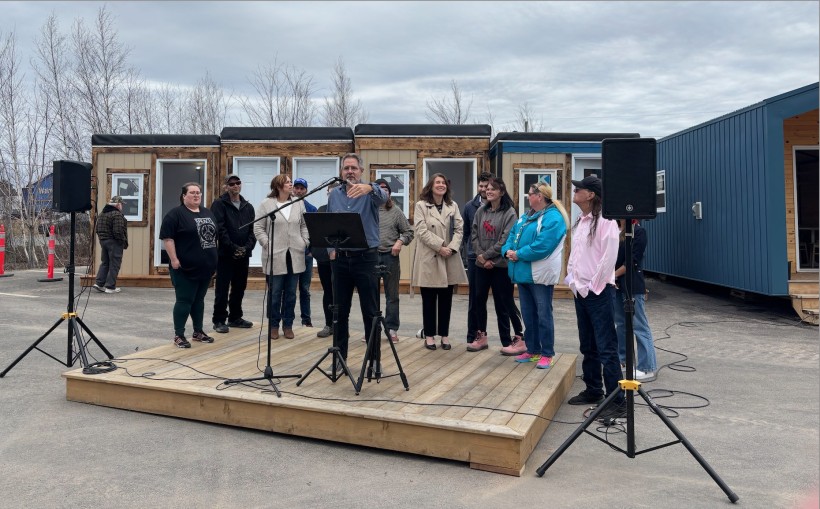A recurring theme at the National Angel Capital Organization’s 2025 NACO Summit in Ottawa this week has been the need for funding at all levels of the startup lifecycle, but especially in the early stages.
Given that the get-together for angel investors took place just as a new, economy-focused government was elected, the two dominant themes at the conference were the need for ecosystem/economic reform and the need for more pre-seed and seed investment.
Throughout the two-day conference, speaker after speaker agreed that growth- and late-stage funding are important and often capture the headlines. But the early-stage investments are what establish the foundation for innovation-driven companies and position them for those eye-catching later investment rounds
“When I hear this debate, I often ask people, ‘Where should we invest in education?’” said Senia Rapisarda, Managing Director of HarbourVest. “’Should we invest in Grade 3? Should we invest in Grade 8?’ We have to invest throughout a child’s education.” The same, she said, applies to investing in companies.
Claudio Rojas, the NACO Chief Executive, came up with his own metaphor for the importance of the seemingly prosaic early-stage funding. He likened a successful corporation to a 90-storey skyscraper. At the opening, the owner will take the media and dignitaries to the 90th floor to show off the penthouse and the view, but the important part of the structure is in the foundation and the frame – the things that are never shown off. That is what early-stage financing is like.
The community of angels was celebrated for their critical role in the innovation sector, and in the economy at large. The speakers said more needs to be done to interest more wealthy people in investing in early-stage companies, both for their own financial rewards and for the good of the economy.
How big is the community now? Rojas said the angel networks that make up NACO currently account for about 4,000 angels, but there are a large number of multi-millionaires who could also become angels.
“The size of the angel market is unknown and probably unknowable,” said Colin Mason, the professor emeritus of entrepreneurship at the University of Glasgow, citing a quote from an earlier academic studying the community.
Mason said there were 539 angel deals across Canada in 2024, exceeding the number of pre-seed and seed venture capital deals (though the VC deals likely involved more money). He added that some authorities believe 90 percent of angel deals happen outside of established networks, which means there could be some 12 times as many angel deals as early-stage VC deals.
Pat Gouhin, CEO of the Angel Capital Association in the U.S., said his organization has 16,000 members who invest about $500 million to $1 billion annually in startups. But he said 20 million Americans could be accredited investors (those wealthy enough to make angel investments without jeopardizing their overall wealth). So there is huge potential for growth.
He also cited data from the Desert Angels network in Tucson, Arizona, that shows the economic impact of angel investment. And he stressed that Tucson was a “fly-over community”, meaning it is commonly thought of as one of those places investors see from the plane when they fly between San Francisco and New York or Boston. (So this data should resonate in a smaller jurisdiction like Atlantic Canada.)
The data shows that for every $100,000 of angel investment, 5.8 jobs are created and payroll of $458,000 is generated. What’s more, there is a resulting economic output of $2.1 million, or a factor of 21 times the original investment.
He added that Desert Angels has invested $41.3 million in the past 10 years, giving an idea of the economic impact of this one angel group.
Said Gouhin, “There is truly an economic impact here.”









